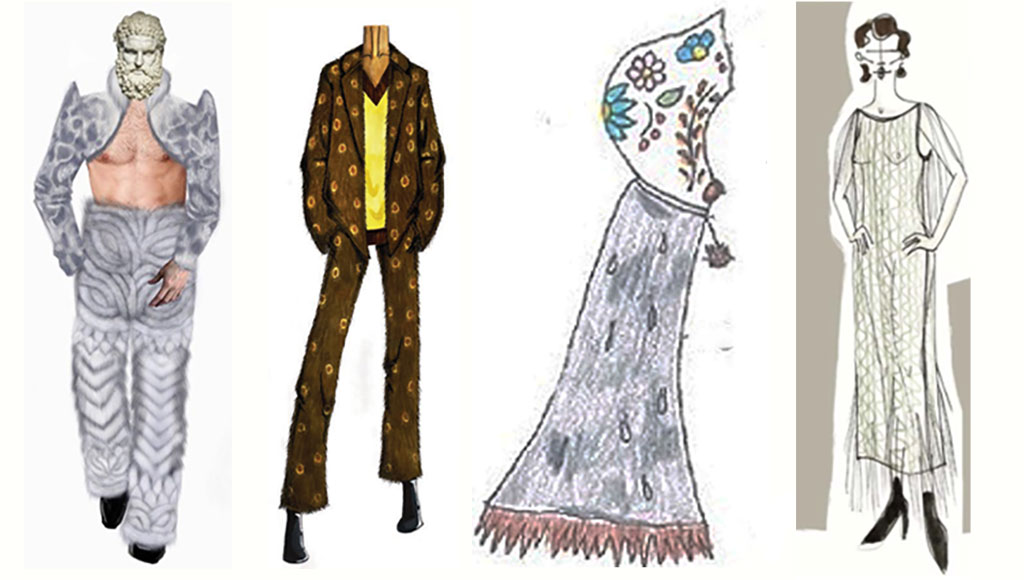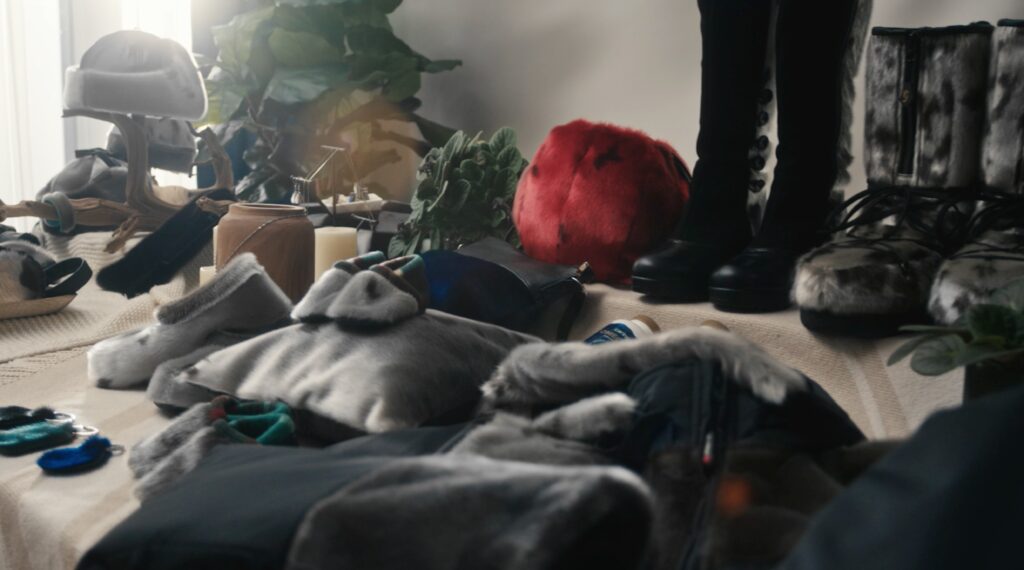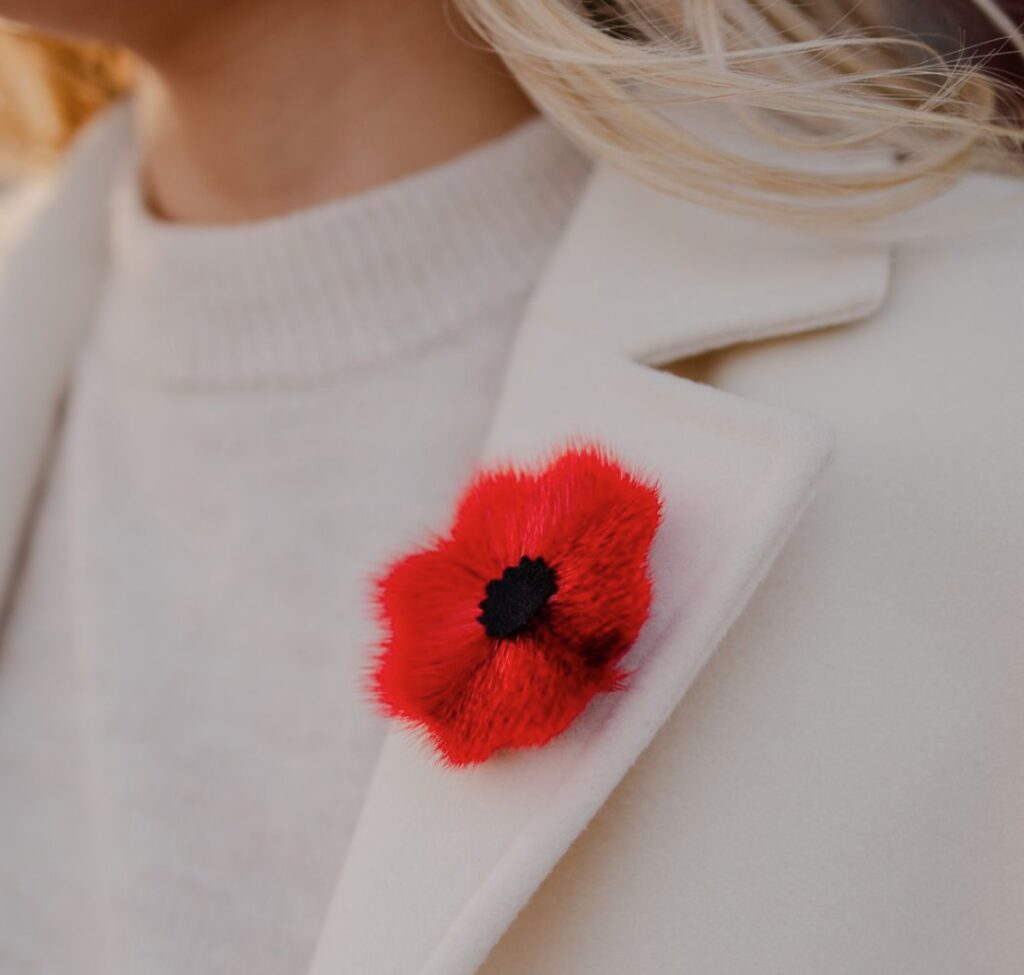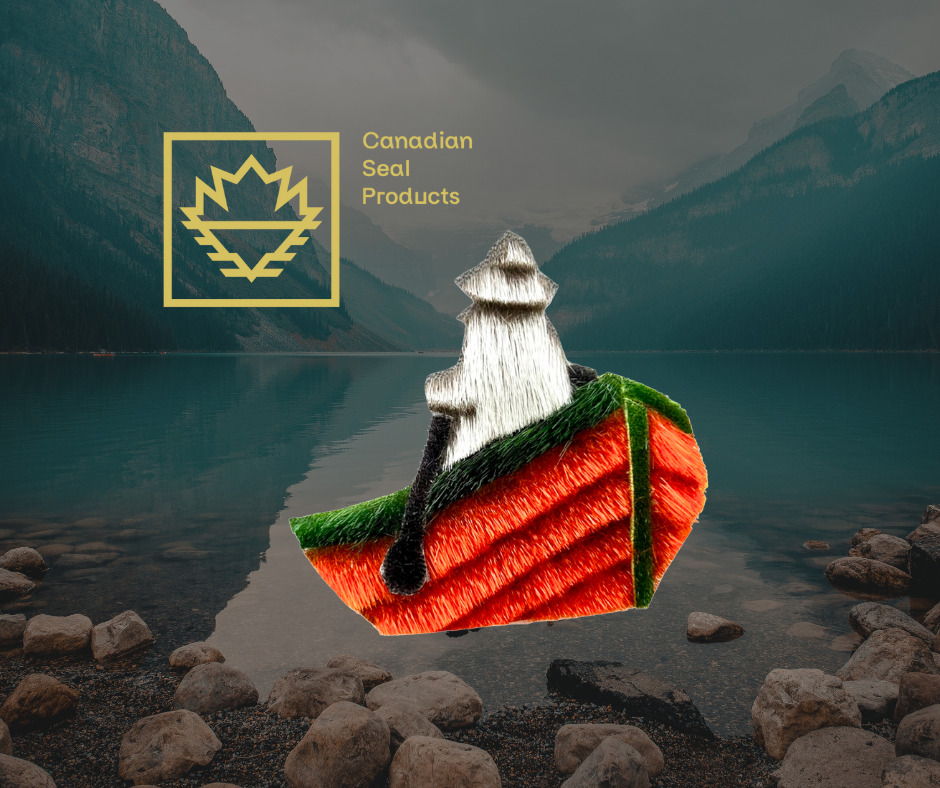After asking young designers to come up with innovative, eco-conscious fashion looks that project the “Future Heritage” of fur, Canada’s inaugural National Fur Design Competition announced its winners last February 18. One of the looks required from each entrant was to use either seal fur alone or combined with other furs indigenous to Canada. You may never look at seal fur in the same light again!
Open to students of any nationality provided they are residing in Canada, the competition was coordinated by Melanie Calandra of the Fur Council of Canada. The all-inclusive, week-long workshop that awaits the 12 winners will be hosted later this year at Toronto’s Ryerson University, led by Canadian Fur Atelier founder, designer and creative director Farley Chatto, assisted by a host of other fur associations including the Seals and Sealing Network (SSN).
The task of selecting the winners fell to four judges: model and motivational speaker Stacey McKenzie, fashion stylist Shea Hurley, and Indigenous designers Sage Paul and D’Arcy Moses.
The Seals and Sealing Network spoke to workshop leader Chatto about the purpose of the competition, and specifically about the entries using seal fur.
Seals and Sealing Network: This is a new competition, a clean slate, providing an opportunity to take a fresh approach. Have you done so? And can you explain the theme, “Future Heritage”?
Farley Chatto: Our approach takes into account a new reality. Today’s younger generation are socially and environmentally aware, and have a much more holistic understanding of fur: from upcycling natural materials, to sustaining communities and cultures, to vintage fur and ethical sourcing. So the competition encourages young designers to express these values.
As for how we arrived at our theme, Future Heritage, we began by looking at what made the nation of Canada. It was the age-old fur trade, and today it is still deeply intertwined with our land, people, and history. So thinking of the next generation, what will their future be like? What kind of country will Canada be? How will the Canadian fashion industry evolve, and specifically the fur industry? Naturally, the idea of Future Heritage was born.
And as we fleshed the idea out more, it was obvious that a key link in this story has been, and should continue to be, seal fur. So we challenged the new guard to interpret seal, designs, techniques and the idea of seal in their vision.
SSN: So how well did their seal designs capture your vision of Future Heritage?
Chatto: Starting with the Heritage, they embraced it fully and in a variety of ways. Their inspirations and homages took them to the Northerns, their history and relationships with seals. Olivia Chislett, from Iqualuit, Nunavut, used ringed seal to design a top evoking amauti styles and currently popular cropped sweaters, coupled with bottoms with long amautis and side slits. And Vishali Sitharthan, though of Indian birth, also chose to evoke Inuit culture and history with a jacket of dyed red seal and panels of sheared coyote.

Olivia Chislett (Seneca College), Vishali Sitharthan (George Brown College), Prudence Mekongue Ekwele (Ryerson University), Vincent Domingo (Seneca College).
Others circumnavigated the globe! Prudence Mekongue Ekwele designed a jacket of seal fur dyed blue and brown, adorned with silver and red fox, presenting her vision of “a modern-day female warrior.” The matching skirt is inspired by the traditional wrapper used by the Bassa people of her country, Cameroon. Vincent Domingo, from the Philippines, melded a combination of seal, silver fox and mink, with traditional patterns from his home country’s Abel Iloco fabric. The results are Western in style but rooted in the heritage of their countries, with seal fur being looked at in new and exciting ways!
SSN: How about the Future component?
Chatto: As the “new gen” develop and start their careers, there is a change in thinking towards sizing, the body and society. The buzz word today is “inclusion”.

Raven A. Scott (George Brown College), Hannah Walkes (Fashion Institute of Olds College), Etienne Levi (Cégep Marie-Victorin), Yassine Touati (Fashion Institute of New York).
This inclusive feeling of sizing and gender fluidity has brought with it a freedom to mix seal fur with sheared beavers, dyed foxes, and other fur types. These new combinations and proportions celebrate all-inclusive body sizing, like in Raven A. Scott’s strapless bodycon street-savvy dress of mixed fox, seal and mink, with a sheared Rex rabbit handbag. Then there’s Hannah Walkes, from Calgary, who gave a new interpretation of the traditional trench coat, using seal for the main body, dyed coyote for the cuffs and hem, and white beaver for the undercollar. And Etienne Levi, from France, whose jacket combined a black seal bodice with a sheared fish-scale pattern, with natural seal sleeves. All of these styles speak clearly to the younger generation.
Menswear and gender-fluid designs also had their take on seal. Yassine Touati from Morocco used sheared seal and thin strips of seal leather to cross the boundaries between classically tailored pants and loungewear or casual joggers, with a historical nod to Yupik pants. Then there was the modern vision of proportions and scale in the cropped seal fur jacket and high-waisted fox pants of Carson Feng, a second-generation Canadian of Chinese descent. And the long-sleeved, oversized blazer from Ottawa native Austin Bergeron. Using plucked seal dyed brown, Austin drew inspiration from the elegant drape and movement of 1980s Hollywood. All these pushed menswear ideas in new ways!

Carson Feng (George Brown College), Austin Bergeron (George Brown College), Erica Lugt (Aurora College), Chelsey Jussaume (Cégep Marie-Victorin).
And other students turned to the luxury market of eveningwear. Erica Lugt, from Tuktoyaktuk, NWT, finished off a cocktail gown in harp seal with a hooded, embroidered and beaded evening cape, also in seal, inspired by her Inuvialuit culture. And then there was Chelsey Jussaume’s air gallon dress of natural seal ornamented with long horsehair fringes. Either of these designs would give any red carpet cutting-edge style!
SSN: So overall, it sounds like the competition winners lived up to your hopes?
Chatto: It is clear that these talented young people love the look and idea of seal, and are ready to push the concepts of tradition, colours and silhouettes forward. Seal is a natural, ecological product that clearly these young designers are looking to evolve and showcase for new generations. And that’s exactly what Future Heritage is about.
READ MORE:
Insider Tips for Fur Competition Judges
National Fur Design Competition
National Fur Design Competition objectives, requirements and key resources for entrants



